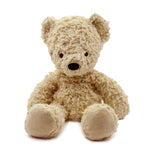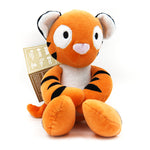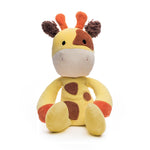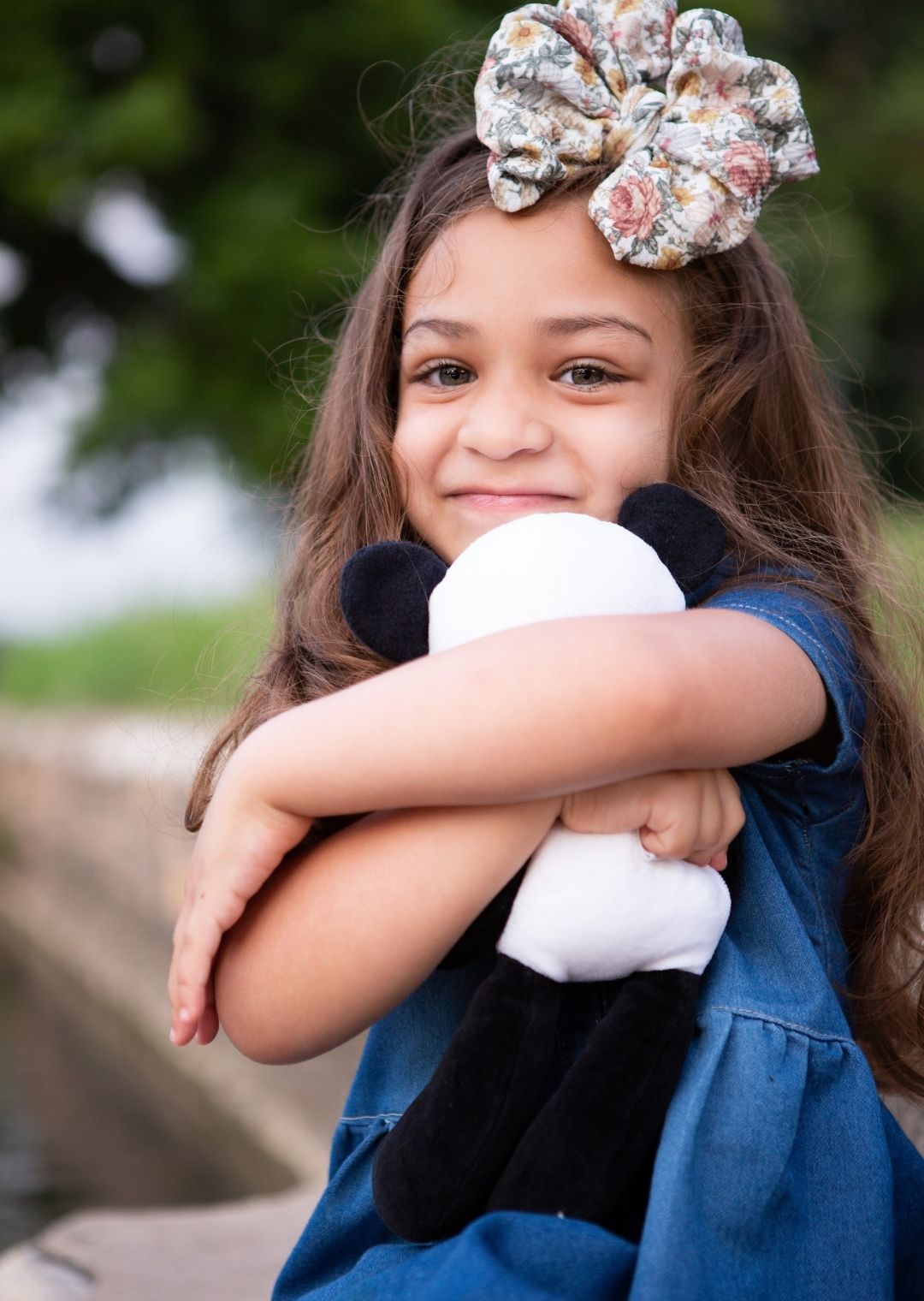Remember that one stuffed animal, blanket, or toy that you just had to have by your side when you were younger? Your child might have one of their own now...Actually, most children reach an age in which they have a special toy that they create a special bond with. These special keepsakes that children are known as transitional objects, and they represent a very important step in a child’s psychological development.
What is a Transitional Object?
When a child is born, they instinctively rely on their parents as their primary source of care and love. Kids may struggle when their mother leaves for work, or they will look for her anxiously when they feel stressed or scared. Little ones see their parents as an all-powerful source of comfort, stability and safety.
As a child grows, it’s normal (and perfectly healthy) for them to pass off some of this adoration and need for their Mom or Dad onto an object such as a teddy bear, blanket or doll. When this happens, the bear or cuddly object of choice becomes what is known as a transitional object for the child.
A transitional object is a child’s first attempt at learning to self-sooth through an external object other than their mother. As they grow, the child will learn to find this security and comfort within themself instead of relying on an external object.
Teddy bears and other transitional objects teach a child important lessons and give them the opportunity to develop skills that will allow them to be emotionally healthy adults later on.

How Transitional Objects Help Kids Self-Regulate Emotions
Teddy Bears, toys, and other items that children use as transitional objects help them self-regulate in many ways. Cuddling an object can help release feel-good chemicals in the brain which eventually guides a child to seek the same comfort in themself.
Teddy bears and other toys go where a child goes, so they can help kids take on new challenges and adventures while feeling safe and supported. Finally, transitional objects give children the opportunity to practice taking care of themselves and others.
Cuddling a teddy bear releases feel-good chemicals in the brain
Hugging or cuddling a parent, friend or loved one helps release oxytocin and serotonin in the brain. These chemicals are responsible for making us feel relaxed and help to decrease the stress response. Snuggling with a teddy bear has the same effect.
When a child chooses a transitional object, they get to practice self-soothing skills that will eventually allow them to become independent adults. When they cuddle their bear, a child gets the same comfy, loved feeling they get when they hug their Mom or Dad. This can make it easier for a child to comfort themself when their parent or caregiver isn’t close by.
Plushies provide children with a little dose of mobile love and comfort
As kids grow up, they will encounter moments in which they are challenged by not having their parents close. This can be extremely stressful for some children. As kids experience daycare, school, or sleepovers for the first time, they may feel overwhelmed by the lack of constant support that their caregivers usually provide.
A teddy bear is like having a little portable piece of Mom or Dad that a child can take everywhere. As a child forms a bond with their teddy, they learn to associate the same feel-good emotions that they get from being around their parents with their plush toy. They can then feel more confident and comfortable with their bear close for those inevitable moments when familiar faces aren’t around.
In this study, researchers found that children that were excluded in social situations found it easier to try to engage with their peers after holding a teddy bear. Just a little love from a plush toy can go a long way for a child.
Children practice nurturing themselves and others

One important way that teddy bears and other transitional objects aid in a child’s journey to independence is by letting them practice being in a nurturing role. Parents or caregivers are the first to model this behavior for a child. Through our parent’s guidance, we learn to walk, dress ourselves, brush our teeth, and eat.
When a child has the opportunity to care for another in these same ways, they can reinforce what they have learned. Tucking their teddy into bed, serving them dinner or taking them out to play are some examples of behaviors a child will someday do for themselves. Teddy bears provide them with a trusted, loving companion in which they can feel safe practicing.
More Than Just a Plushie...
Teddy bears are more than just simple stuffed animals, they are cuddly tools for healthy emotional development. Giving your child one of our soft huggable plush animals is a way for them to practice and reinforce important life skills, self-sooth and feel your love even when you’re not nearby.
Our bears are 100% organic and chemical-free, so you can be assured your child can love on their plushie or bear safely. Kids are eager to explore the world, and they love to have a fuzzy buddy by their side on their adventures. Their next Bears for Humanity plushie might just teach them important life lessons...
Shop Our New Herbal Dye Sherpa Bear Collection




